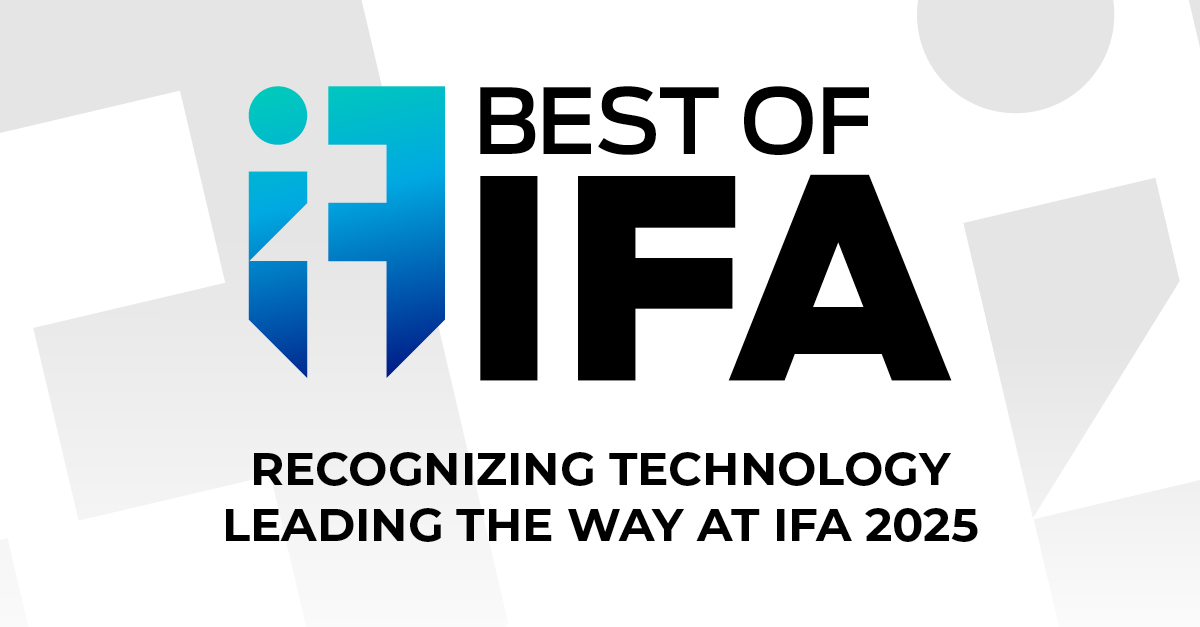I have worked in SEO for more than a decade, and I can say with confidence: electronic commerce brands have never had it more difficult than at this time when it comes to organic visibility.
Not because SEO is dying, but because the SERP (search engine results page) is experiencing an important transformation, we like it or not.
In 2024, we have seen an important change in how the search works. The general description of AI, purchasing ads and the rich characteristics of Google Serp are no longer only experimental additions, they are dominating the search experience, particularly on mobile devices.
Recent Accureanker data confirms what many in the industry have felt for months: electronic commerce click rates (CTR) for organic results are plant floors, especially for high -intention transactional keywords.
The good news?
There is still a path to follow, but it requires electronic commerce brands to rethink your approach to SEO completely.
In this article, I will break up what is happening with organic traffic, why traditional SEO tactics are losing ground and four ways in which electronic commerce brands can be adapted to stay visible and competitive.
Director and founder of Bubblegum Search.
Data: CTRs are inactive, especially on mobile
The last white Accuralanker document examined how organic listings on several devices and attempts of users perform. The findings were marked:
1. CTR for transactional keywords is down in all areas, with the mobile suffering the greatest drops.
2. Even in the absence of paid ads, rich characteristics of SERP, such as “popular styles”, “buy the appearance”, the carousels of images and the descriptions of AI, dominate the upper part of the page.
3. In mobiles, organic CTRs are up to 50% lower than the desk for the same keywords.
In summary, the #1 classification still has great value, simply does not guarantee the same volume of clicks that once did.
The increase in the search for click zero, where users get answers directly within the Google interface, means that even high -performance organic listings are seeing reduced traffic, not because SEO is ineffective, but because more users are involved with the Serp characteristics before moving.
Why electronic commerce SEO is under pressure
1. The general views of the AI are reducing the need to click
The general description of the Google AI, which have now been implemented worldwide, are designed to answer user consultations instantly, often extracting suggestions from Google purchasing products or summarizing the content of multiple sources.
For informative or large searches (for example, “the best mountain boots for wet weather”), this used to be real estate goods. The brands would publish purchase guides or residents of products and win high CTR.
Now?
The general description of the AI often show products suggestions directly in the search outcome, eliminating the need to visit a third -party site completely.
2. Google Shopping is consuming the SERP
Google's purchase ads and organic purchase features are everywhere, even when you do not pay for them.
Serp characteristics such as:
- Buy the look
- Popular stores
- Popular styles
- Carouseles of image products
… now they are appearing even when there are no purchase ads paid. They take directly from commercial foods and product schemes, providing Google with a visually rich and buyable experience and reducing the probability that users need to visit traditional listings.
This means that the traditional organic category and products of products are often built below these characteristics, especially on mobile devices, where real estate property is limited.
3. SERP characteristics create more competence for attention
Google's obsession with rich characteristics means that his list not only competes with other brands; You are competing with Google himself.
Here is an approximate example of what now appears above most organic electronic commerce listings:
- Google purchase ads
- Carusel of “Popular Stores”
- GENERAL SUMMARY OF IA
- Grid “Buy the look”
- Box of “People also asks”
- Image product packages
- YouTube videos
Each reduces the possibility that a user clicks on their site, even if sitting in position #1.
What can electronic commerce brands do about it?
So how does it defend when Google continues to press its organic listings later on the page?
Here are four main strategies that we are implementing with electronic commerce clients at this time that they are helping them to remain visible and competitive in a SERP dominated by AI:
1. Take advantage of digital public relations to boost brand and CTR recognition
With the decrease in organic visibility, brand recognition is more important than ever.
When users see their name in a messy Serp, familiarity can be the difference between a parchment and a click. And that is where digital public relations enter.
Digital PR is not just about setback ties, it is about developing authority and visibility in reliable publications and media. These mentions not only improve the strength of their brand, but also increase the retirement of the brand when users find their list in search results.
Action steps:
– Ensure the first level setback links in industry publications.
– Promote brand content on the platforms you trust in your audience.
– Make sure that when your site appears in the search, users recognize and trust the brand enough to click.
2. Develop digital authority outside Google
This is the era of the PR Digital Authority, where it is not only where you classify, but where you are most presented that influences human behavior and algorithmic trust.
The general description of the Google AI and the tools fed by LLM, such as Gemini, Chatgpt and Perplexity, depend largely on high authority, frequently web content to generate answers. That includes trusted blogs, media and other sources widely referenced to those that can be publicly accessed.
Brands that appear in well -cited articles, contribute expert comments or are mentioned on platforms with traceable transcripts, such as YouTube videos with descriptions, Reddit threads or podcast blogs, increase their possibilities of being referenced by AI tools in the future.
If your brand is absent from these ecosystems, you may not appear in answers generated by AI, even if it is well in the traditional search.
Action steps:
– Present in niche podcasts, youtube relevant channels and Reddit threads.
– Contribute expert comments to high authority blogs and newsletters.
– Create thought leadership content that answers the key audience questions, content that LLMS could reach future descriptions of AI.
3. Optimize Serp characteristics, not only classifications
It is no longer enough to optimize keywords. You must optimize for the characteristics that Google is showing.
That means treating your product and the structured data with the same care that your SEO offers on the page.
Action steps:
– Keep your updated Google Merchant Center diet. Product titles, descriptions, availability, prices, reviews and images influence influence, whether it appears in organic purchase characteristics.
– Implement a comprehensive product scheme, including price, availability, reviews and brand information.
– Use the scheme of frequent questions carefully; It is less likely that now affect the descriptions of AI, but it is still useful for people, they also request boxes.
– Make sure your site is loaded quickly, look clean on mobile devices and present rich media (for example, photos of lifestyle products).
The optimization of this Serp characteristics gives multiple entrance points to the search experience, not only the 10 traditional blue links.
4. Change of lead capture to demand generation
With less clicks available, you can't wait for users to search and find it; You need to create demand.
This implies raising awareness through social marketing campaigns, influential and content that encourage users to look directly or convert through other channels.
Action steps:
– Use paid social networks to promote new product and seasonal offers launches.
– Party with creators and influential to boost awareness.
– Nourish the public by email and remarketing to bring them back, even if the initial discovery was not from Google.
SEO is no longer the only promoter of electronic commerce growth. It is part of a larger demand generation ecosystem.
The search for the search for just begins
Currently, Google dominates the search market, but the increase in tools with AI is remodeling the field.
While Sparkoro data show that tools such as Chatgpt have not yet displaced Google for consumer searches, we are seeing early signs that users depend more and more on AI tools for discovery and research, particularly for complex or multiple steps decisions.
That means that now is the time to prepare your presence in the future. When appearing in reliable places, publications, podcasts and social conversations, the visibility of its brand increases in the training data of LLM and improves its probabilities of inclusion in the content generated by AI.
Brands that adapt early will build a long -term authority that cannot be played or reverse engineering during the night.
Final thoughts: SEO is not dead, but the play book is
Yes, electronic commerce click rates are decreasing, and yes, organic classifications do not deliver what they used to.
But this is not the end of SEO. It is a sign that SEO needs to evolve.
The brands that win today are doing more than optimizing their websites. They are building authority, which are presented in high adjustment ecosystems, already proof of their visibility for a future driven by AI.
SEO in 2025 is not just where you qualify. It's where you are recognized.
We have presented the best online marketing service.
This article was produced as part of the Techradarpro Insights Expert Channel, where we present the best and most brilliant minds in the technology industry today. The opinions expressed here are those of the author and are not necessarily those of Techradarpro or Future PLC. If you are interested in contributing, get more information here:









